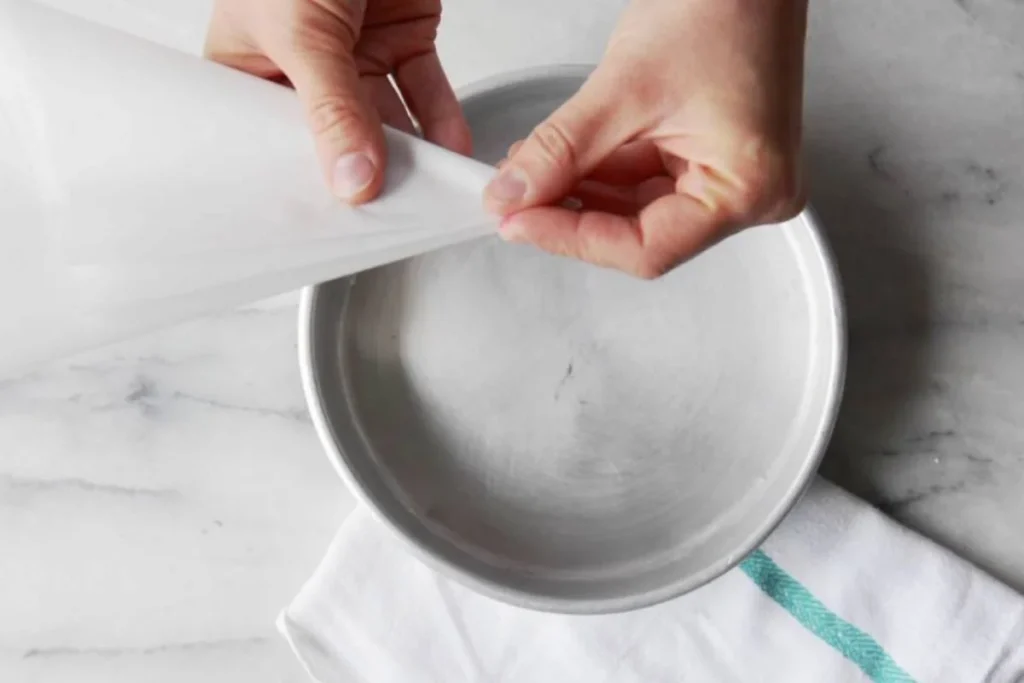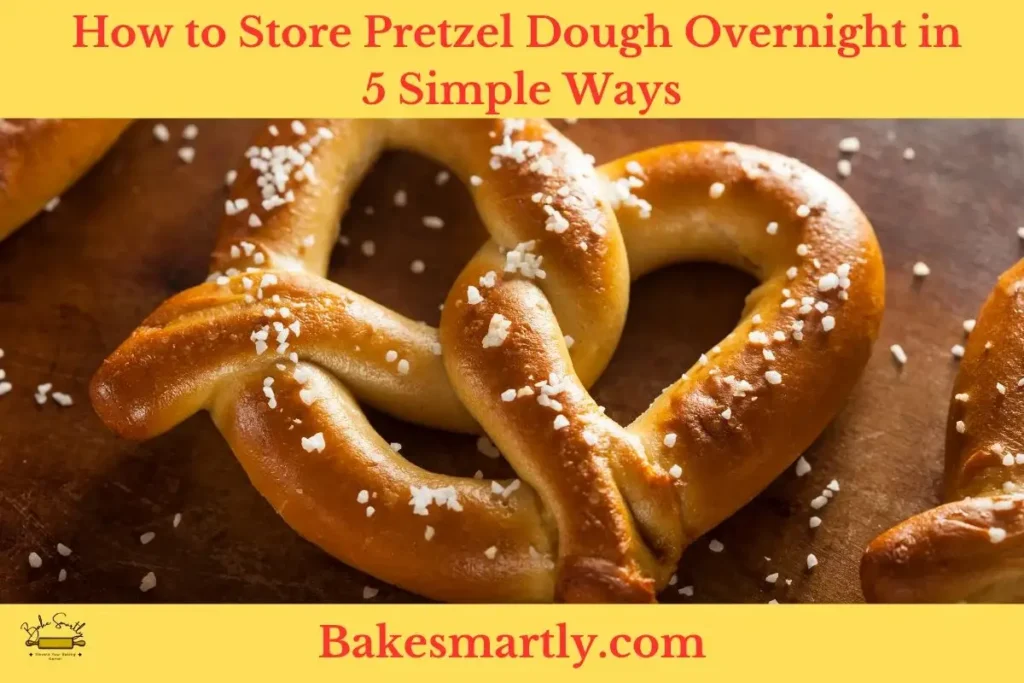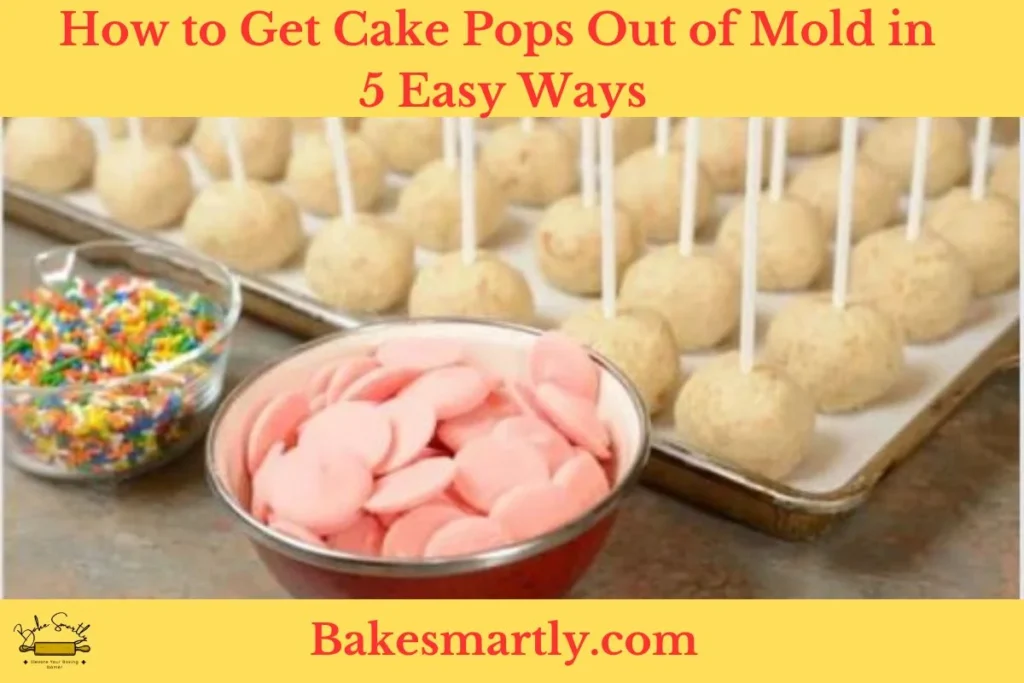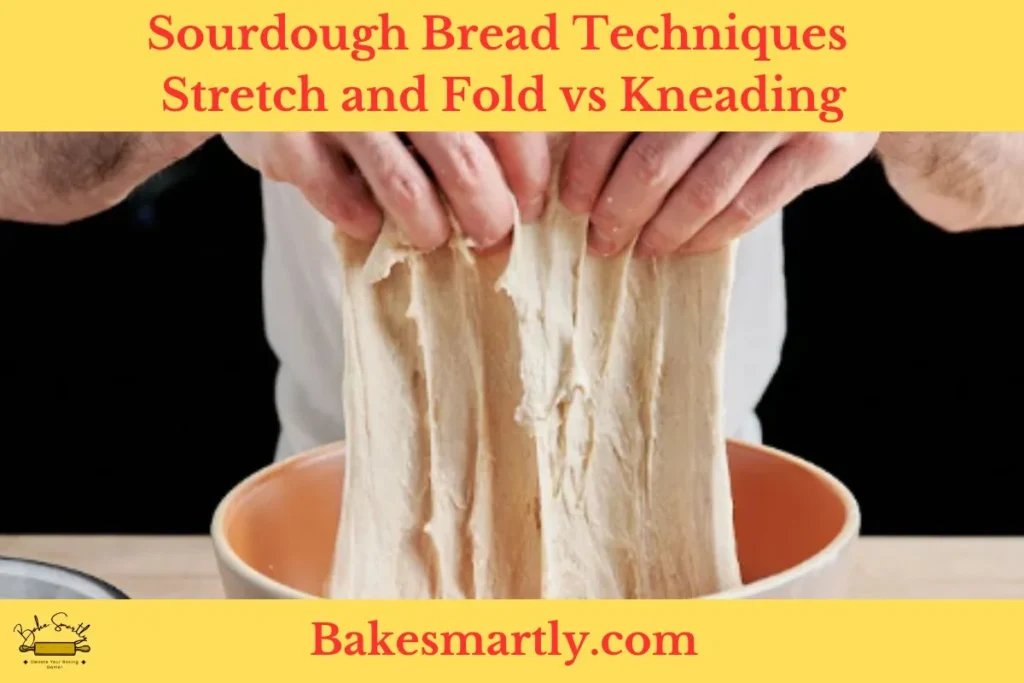
Baking Sourdough Bread? Explore These 5 Alternatives to Parchment Paper
Are you tired of using parchment paper every time you bake sourdough bread? Look no further! In this article, we will explore 5 best alternatives to parchment paper that will revolutionize your baking experience. Sourdough bread has gained immense popularity in recent years, thanks to its rustic flavor and chewy texture.
However, traditional baking methods often require the use of parchment paper to prevent the bread from sticking to the baking sheet. But what if you run out of parchment paper or simply want to try something new? That’s where these alternatives come in. From silicone baking mats to greasing your baking sheet with oil, we have got you covered.
Say goodbye to parchment paper and say hello to a whole new world of baking possibilities. Let’s dive in and discover the secrets to perfect sourdough bread without the need for parchment paper!
Table of Contents
ToggleWhy Use Parchment Paper in Baking?
Parchment paper has been a trusted tool in baking for many years. It is made from a natural, non-stick material that helps prevent food from sticking to the baking sheet. Parchment paper is especially useful when baking sourdough bread, as the dough tends to be sticky and can easily adhere to the surface of the pan.
By using parchment paper, you can ensure that your bread will release easily from the pan, resulting in a perfectly baked loaf. However, there are some limitations to using parchment paper. One of the main drawbacks is that it can only be used once and must be discarded after each use.
This not only adds to the cost of baking but also creates unnecessary waste. Additionally, parchment paper can sometimes leave a slight residue on the bottom of the bread, which may affect its appearance.
Five Alternative Options to Parchment Paper
Fortunately, there are several alternatives to parchment paper that can be just as effective in preventing your sourdough bread from sticking to the pan. Let’s take a closer look at each option:

1. Silicone baking mats
Silicone baking mats are a popular alternative to parchment paper. They are made from food-grade silicone and are designed to withstand high temperatures. These mats provide a non-stick surface that allows your bread to release easily from the pan without any residue.
Silicone baking mats are reusable and can be easily cleaned with warm soapy water. They are also environmentally friendly, as they reduce the need for single-use parchment paper. To use a silicone baking mat, simply place it on your baking sheet and place the dough on top.
The mat will provide a non-stick surface, allowing your bread to bake evenly and release easily. Once your bread is baked, remove it from the oven and let it cool on the mat before transferring it to a wire rack.
One of the advantages of using silicone baking mats is that they can also be used for other types of baking, such as cookies and pastries. They are versatile and can withstand high temperatures, making them a valuable tool in any kitchen.
2. Aluminum foil
Another alternative to parchment paper is aluminum foil. This kitchen staple is readily available and can be easily molded to fit any baking pan. Aluminum foil provides a non-stick surface that will prevent your sourdough bread from sticking to the pan.
It is important to note that aluminum foil may cause the bottom of your bread to brown more quickly, so you may need to adjust your baking time accordingly.
To use aluminum foil, simply line your baking sheet with a single layer of foil, pressing it firmly against the sides of the pan. Place your dough on top of the foil and proceed with the baking process as usual.
Once your bread is baked, carefully remove it from the oven and let it cool before transferring it to a wire rack. It’s worth mentioning that aluminum foil is not reusable and must be discarded after each use. However, it is an affordable and easily accessible option that can be a great alternative to parchment paper in a pinch.
3. Greased baking sheets
If you prefer a more traditional approach, greasing your baking sheet with oil can be an effective alternative to parchment paper. This method has been used for generations and is still widely practiced today. By greasing your baking sheet, you create a barrier between the dough and the pan, preventing it from sticking during the baking process.
To grease your baking sheet, start by selecting a high-quality oil with a neutral flavor, such as vegetable oil or canola oil. Using a pastry brush or a paper towel, apply a thin layer of oil to the entire surface of the pan, making sure to reach the corners and edges.
Be careful not to use too much oil, as this can cause your bread to become greasy.
Once your baking sheet is greased, place your dough on top and proceed with the baking process as usual. The bread should release easily from the pan once it is baked. After each use, make sure to clean your baking sheet thoroughly to remove any residual oil.
Greasing your baking sheet with oil is a cost-effective and reliable alternative to parchment paper. It allows you to achieve the same non-stick results without the need for additional tools or materials.
4. Banana leaves
For those looking to add a unique twist to their sourdough bread, banana leaves can be an excellent alternative to parchment paper. Banana leaves are commonly used in Southeast Asian cuisine and can impart a subtle, tropical flavor to your bread.
They also provide a natural non-stick surface that will prevent your bread from sticking to the pan.
To use banana leaves, start by selecting fresh, green leaves free from blemishes. Rinse the leaves thoroughly to remove any dirt or debris. Cut the leaves into squares or rectangles that are slightly larger than your baking pan. Place the dough on top of the leaves and fold the edges over to enclose the bread.
Once your bread is wrapped in banana leaves, place it on a baking sheet and proceed with the baking process as usual. The leaves will release a fragrant aroma as the bread bakes, adding a delightful sensory experience to your baking adventure.
After your bread is baked, carefully remove the leaves and let the bread cool before slicing and serving.
Using banana leaves as an alternative to parchment paper can elevate your sourdough bread to a whole new level. It allows you to infuse your bread with a unique flavor while ensuring that it doesn’t stick to the pan.
5. Corn husks
If you’re feeling adventurous and want to explore Mexican cuisine, corn husks can be an interesting alternative to parchment paper. Corn husks are commonly used in the preparation of tamales and can provide a natural non-stick surface for your sourdough bread.
To use corn husks, start by soaking them in warm water for about 30 minutes, or until they become pliable. Pat the husks dry with a clean towel and place them on a flat surface. Place your dough on top of the husks and fold the edges over to enclose the bread.
Once your bread is wrapped in corn husks, place it on a baking sheet and proceed with the baking process as usual. The husks will impart a subtle corn flavor to your bread and prevent it from sticking to the pan. After your bread is baked, carefully remove the husks and let the bread cool before slicing and serving.
Using corn husks as an alternative to parchment paper can bring a touch of authenticity to your sourdough bread. It allows you to experiment with different flavors and textures while ensuring that your bread bakes perfectly.

How to Use Each Parchment Paper Alternative Option Effectively
Now that we have explored the 5 alternatives to parchment paper, let’s discuss how to use each option effectively:
- Silicone baking mats: Place the mat on your baking sheet and place the dough on top. Bake as usual and let the bread cool on the mat before transferring it to a wire rack.
- Aluminum foil: Line your baking sheet with a layer of foil, pressing it firmly against the sides of the pan. Place your dough on top and bake as usual. Carefully remove the bread from the oven and let it cool before transferring it to a wire rack.
- Greased baking sheets: Apply a thin layer of oil to your baking sheet using a pastry brush or a paper towel. Place the dough on top and bake as usual. The bread should release easily from the pan once it is baked.
- Banana leaves: Cut the leaves into squares or rectangles slightly larger than your baking pan. Place the dough on top and fold the edges over to enclose the bread. Bake as usual and remove the leaves once the bread is cooled.
- Corn husks: Soak the husks in warm water until pliable. Pat them dry and place the dough on top. Fold the edges over to enclose the bread. Bake as usual and remove the husks once the bread is cooled.
By following these instructions, you can achieve excellent results with each alternative option, ensuring that your sourdough bread bakes perfectly without sticking to the pan.
Pros and Cons of Each Alternative Option
Before deciding which alternative option to use, it’s important to consider the pros and cons of each:
Silicone baking mats
Pros: Reusable, easy to clean, versatile.
Cons: Initial investment required, may not provide the same level of browning as parchment paper.
Aluminum foil
Pros: Widely available, easily moldable, affordable.
Cons: Not reusable, may cause uneven browning.
Greased baking sheets
Pros: Traditional method, cost-effective.
Cons: Requires additional cleaning, which may result in a greasy texture.
Banana leaves
Pros: Unique flavor, natural non-stick surface.
Cons: Limited availability, may alter the appearance of the bread.
Corn husks
Pros: Authentic flavor, natural non-stick surface.
Cons: Limited availability, may impart a strong corn flavor.
Consider these factors when choosing the right alternative option for your baking needs. Each option has its advantages and limitations, so it’s important to find the one that suits your preferences and requirements.
Tips for Successful Baking without Parchment Paper
While using alternative options can be a great way to bake sourdough bread without parchment paper, there are a few tips that can help ensure your baking success:
- Preheat your oven: Make sure your oven is fully preheated before placing the bread inside. This will help the bread rise evenly and prevent it from sticking to the pan.
- Use the right size pan: Choose a baking pan that is appropriate for the amount of dough you are using. Using a pan that is too small can cause the bread to overflow while using a pan that is too large can result in a flat, undercooked loaf.
- Grease your pans properly: Whether you’re using a greased baking sheet or another alternative option, make sure to apply the oil or grease evenly to prevent any sticking. Be mindful of using too much oil, as this can affect the texture of your bread.
- Monitor the baking time: Keep a close eye on your bread as it bakes, and adjust the baking time if necessary. Each oven is different, so it’s important to rely on visual cues, such as a golden brown crust and a hollow sound when tapped, to determine if your bread is fully baked.
- Allow the bread to cool properly: Once your bread is baked, resist the temptation to slice it immediately. Allowing the bread to cool completely on a wire rack will ensure that it retains its shape and texture.
By following these tips, you can achieve excellent results when baking sourdough bread without parchment paper.
Baking Sourdough Bread Without Any Alternative options
Fear not if you find yourself without parchment paper or any of the alternative options mentioned above! It is still possible to bake sourdough bread without any additional tools or materials. Here’s how:
- Prepare your dough: Follow your favorite sourdough bread recipe and prepare the dough as usual. Be sure to give it enough time to rise and develop its flavor.
- Shape your bread: Once your dough has risen, shape it into a loaf or any desired shape. Place the shaped dough onto a floured surface to prevent it from sticking.
- Preheat your oven: Preheat your oven to the desired temperature as specified in your recipe. It’s important to allow the oven to fully preheat for optimal baking results.
- Transfer the bread to the oven: Carefully transfer the shaped dough onto a baking sheet or directly onto a preheated baking stone, if you have one. Be mindful of handling the dough gently to preserve its structure.
- Bake as usual: Place the bread in the preheated oven and bake according to the recipe’s instructions. Monitor the bread closely and adjust the baking time if necessary.
- Check for doneness: Once the baking time is complete, check the bread for doneness. It should have a golden brown crust and produce a hollow sound when tapped on the bottom.
- Cool and enjoy: Remove the bread from the oven and let it cool completely on a wire rack before slicing and enjoying. This will allow the bread to set and develop its flavor.
While using parchment paper or alternative options can make the baking process easier, it’s reassuring to know that you can still bake delicious sourdough bread without any additional tools or materials.
Conclusion: Choosing The Right Option for Your Baking Needs
In conclusion, baking sourdough bread without parchment paper is entirely possible with the help of alternative options. From silicone baking mats to greased baking sheets, there are several methods you can explore to achieve excellent results. Consider the pros and cons of each option, and choose the one that best fits your baking preferences and requirements.
Remember to follow the instructions for each alternative option to ensure success. Preheat your oven, use the right size pan, and monitor the baking time closely. And don’t forget to allow your bread to cool properly before slicing and savoring each delicious bite.
So, the next time you embark on a sourdough baking adventure, feel free to explore these 5 alternatives to parchment paper. Embrace the creativity and versatility they offer, and unlock a whole new world of baking possibilities. Happy baking!
Lindsey Mackenzie
About me
Hi there! I’m Lindsey Mackenzie, the founder of Bake Smartly. Baking has been my passion since childhood, growing up in my father’s bakery. With Bake Smartly, I’m excited to share my love for all things sweet and savory. Join me on this delicious journey as we whip up scrumptious treats and sprinkle joy into every bite!






